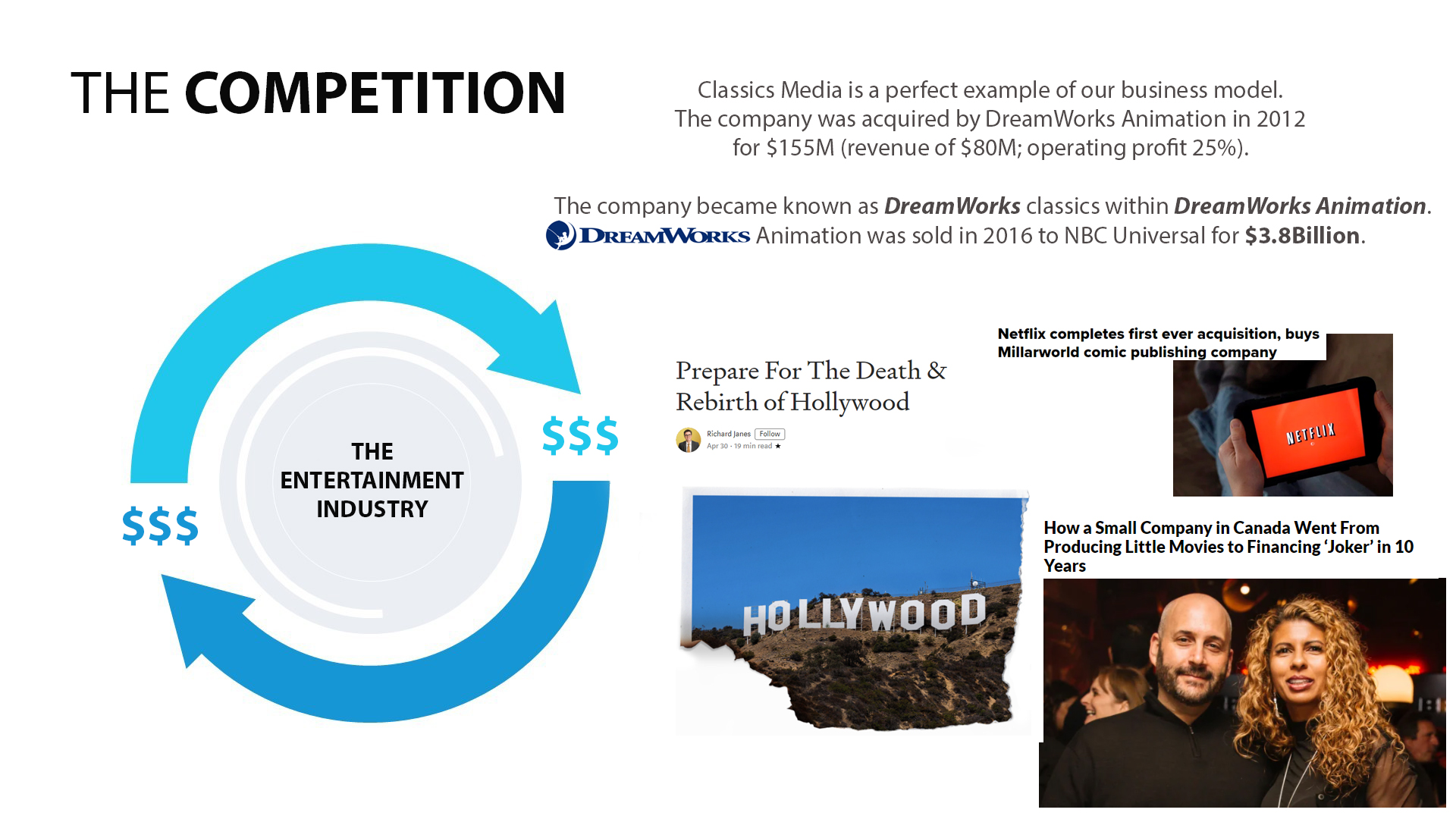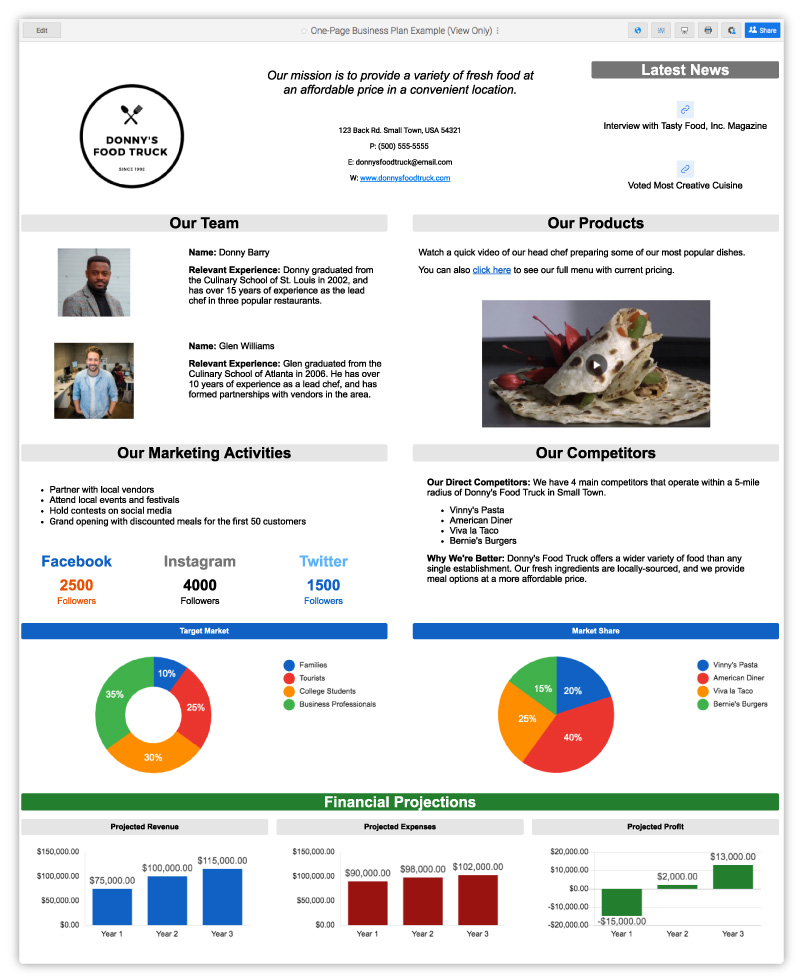Whether you’re an investor, entrepreneur or employee, you must create a pitch deck at some point. It’s one of the most essential business components and can make or break your company.
This article showcases creating a winning pitch deck that will close investors.
-
Define the Problem.
The first step is to define a problem and/or need not being addressed to the public. As an entrepreneur, you must know that your business solves a problem and creates value for customers.
But investors are not as familiar with your industry and may need more explanation about what problem or need you solve and why it’s essential.
To make this section of the pitch deck clear and concise, break down each aspect of the problem into bullet points:
- What is the overall issue (problem)?
- Who experiences this issue?
- How do they experience it?
- Why does this matter for my company?
-
Explain the Solution.
- What is your company doing?
- How does it work?
- What are the benefits of your product or service?
- Who will use it, and why?
All of these questions come down to one point: who is your solution for, and what problem does it solve for them?
When trying to convince someone else of something, communication is vital—you need a clear message that focuses on what you’re selling, not just what you have made or built.
An excellent way to ensure this point doesn’t slip through the cracks is by using an explainer video for your deck. An explainer video can help communicate precisely how things work (or don’t work) in a way that words alone can’t always do justice.
* Above example of pitch deck for American European Entertainment Inc. front page into.
-
Have a Business Model.
A business model is the foundation of your company, and it explains how you make money, what revenue streams are involved, and how much capital you need to generate that revenue. It’s also a way to show investors how your business will operate once it gets off the ground.
An innovative way to create a winning pitch deck is using a Business Model Canvas which helps you sketch out all the critical components of your business.
-
Create Projection for Market Size.
Market size is the total addressable market, which is a function of the product/service, your target market, and your ability to capture value. The market size is expressed in revenue or units, depending on your business model.
For example, suppose you are building an enterprise software product for small businesses. In that case, you might show how many small businesses there are in various industries (using third-party data) and then project that those numbers will grow over time as more people start their businesses.
* Above example of pitch deck for American European Entertainment Inc. competition section.
-
Research on Competitive Analysis.
The competitive analysis is an integral part of your pitch deck, and it can be used to demonstrate the need for your product and show how you are better than the competition.
A competitive analysis should include all of the companies in your industry and their strengths and weaknesses. You should also have other companies that aren’t in your industry but are similar or selling products or services to the same market you plan on targeting.
-
Introduce your Team/Advisors.
It’s also worth noting that your team and advisors are as important to investors as they are to you. If you have an incredible group of people behind the scenes, don’t be afraid to highlight them in your pitch deck. Think about it this way: if someone like Elon Musk decides to join your team, it will catch the attention of investors.
-
Have Accurate Calculations on Financials.
Concerning financial matters, you need to be able to answer two questions: how much money do you need? And how much money do you have? This is easy: You should include a profit and loss statement (often referred to as P&L or P&L statement) in your pitch deck.
The next step is determining the type of financial projections best for your business. There are two primary projections for startups: cash flow projections and pro forma financial statements.
Cash flow projections track a company’s cash-on-hand at any given time throughout its life cycle.
Pro forma financial statements look back at historical data from previous years and project them into the future using various assumptions about interest rates, market conditions, etc. while factoring in new costs associated with operating the business on an ongoing basis.
*Above an excellent example of a one page pitch deck for Donny’s Food Truck.
-
Traction/Milestones Achieved.
You should include a section called “Traction/Milestones Achieved,” in which you highlight the milestones and achievements of your business to date.
This is where you can prove how large your market is and how well you’ve captured it, which are critical factors for investors in deciding whether or not to invest in your project.
In this section, include:
- The goal of the milestone (you should already have set goals for each period)
- When that goal was achieved (Date/Month)
- What is the ROI on that milestone?
- How did we achieve it?
Conclusion.
A great pitch deck is a work of art, but it’s also a powerful tool that can help you win over investors and close your first or next round.
If you want to raise money from potential investors, try using these tips to create a compelling pitch deck that will sell your idea.
Contact us at any time if you need help with any of your pitch deck needs.









